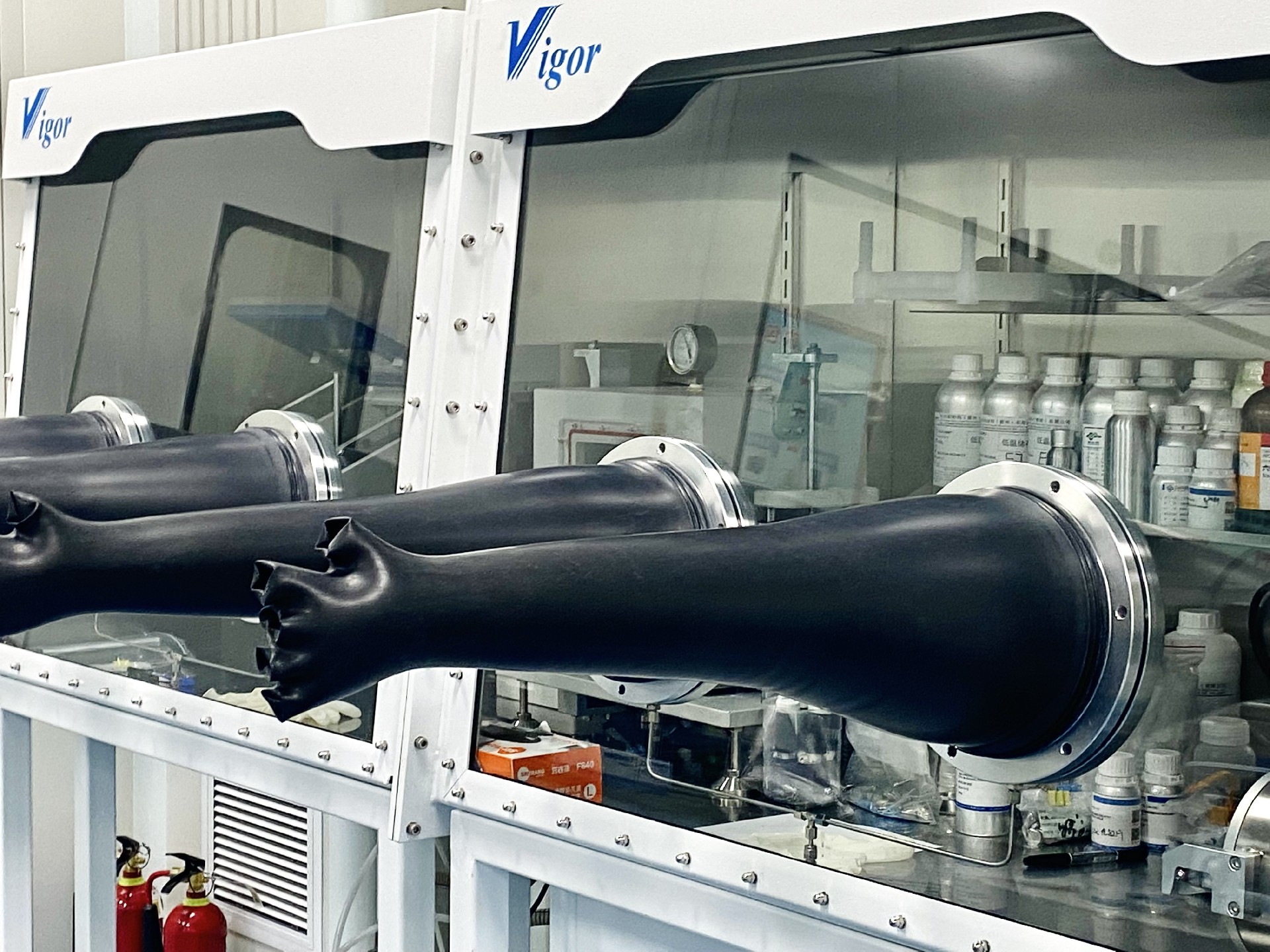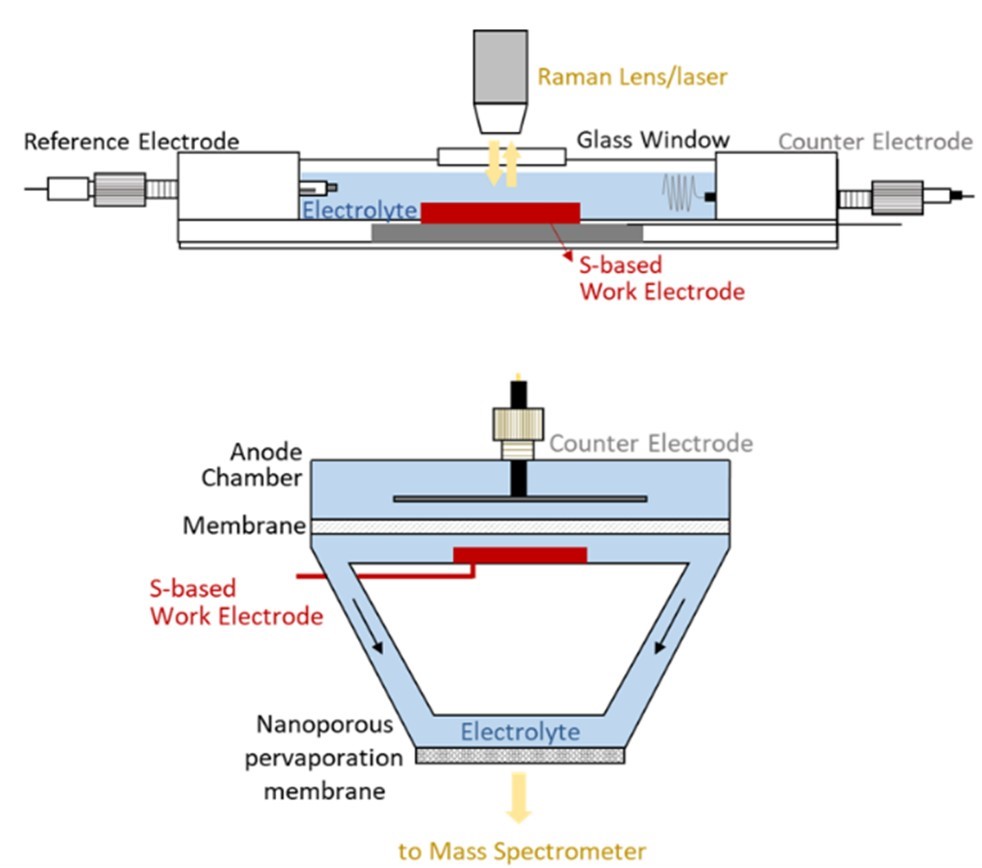Research
Finding safe, low-cost, and scalable energy storage new battery technologies:
including, Zn/Li/Na/K/...-Ion Aqueous Batteries; Metal-based/S-based Aqueous batteries; Redox Flow Batteries, etc.
⭐ Aqueous Redox Chemistry
⭐ Safe and High-Energy Aqueous Battery: Electrochemistry and Industrialization
⭐ Controllable Synthesis of Novel Porous Materials and Exploration of their Charge Storage Mechanisms

Applications
Low speed electric vehicles
high safety, low cost, fast charging and low temperature

In 2023, the national ownership of light two wheeled electric vehicles has exceeded 400 million, with over 700 million daily passes completed by light two wheeled electric vehicles. The huge market share has led to an increasing demand for high-performance electric vehicles among consumers, and at the same time, consumers are more inclined to pursue high-quality and high-end products when choosing electric vehicles. Special attention is paid to the safety, endurance, fast charging characteristics, and low-temperature characteristics of power batteries used in light electric vehicles The low-speed electric vehicle driven by mesoporous water based zinc power ensures the high safety, fast charging, and low-temperature characteristics of the battery while having a price advantage. Capable of cruising 40 kilometers, fast charging for 30 minutes, and running at temperatures below -40 ° C, it creates a competitive advantage over other battery categories in terms of misalignment.
Electric ship driven by ABs: shaftless thruster
low energy consumption; zero emissions; low noise; high safety; fast charging and discharging, and excellent low-temperature performance
Shipping industry is the second largest carbon emission source in the transportation sector, second only to the automotive industry, and is one of the important battlefields for achieving dual carbon goals. Since 2010, European and American countries have actively promoted the replacement of diesel ships with zero emission and low noise electric ships. Against the backdrop of national support and continuous technological upgrades by shipping companies, electric ships have begun to penetrate from "consumer goods" scenarios to "economic and practical" scenarios, extending from small luxury cruise ships to engineering ships, coastal ships, cargo ships, etc. In response to the safety and endurance requirements of electric ships, mesoporous water-based zinc power batteries (energy density>100 Wh/kg) will become an important component of marine new energy power systems.


Facilities
The Laboratory of Advanced Materials at Fudan University (science and technology innovation platform) is one of the key construction projects of the Ministry of Education's second phase of the Project 985. Professor Zhao Dongyuan, an academician of the Chinese Academy of Sciences, is the director of the laboratory.
The platform consists of XRD (3) , TEM (1) , high resolution TEM (1) , spherical aberration correction TEM (1) , XPS (1) , SAXS (1) , SEM (2) , FTIR (1) , Raman (1) , UV-Vis (2) and TOF-SIMS (1) .
 In addition, a comprehensive platform for material synthesis and analysis, electrochemical in situ characterization, material simulation and calculation, and battery device-based platform is established, lays a good foundation for the development of the project. Detailed information as follows:
In addition, a comprehensive platform for material synthesis and analysis, electrochemical in situ characterization, material simulation and calculation, and battery device-based platform is established, lays a good foundation for the development of the project. Detailed information as follows:
▲ thermal analyzer (1 set)
▲ double-station glove box (3 sets)
▲ electrochemical workstation (13 channels) ,battery tester (84 sets of 672 channels)

▲ in-situ Electrochemical Digital Holography (1 set)
▲ in-situ XRD cell (2 sets)
▲ in-situ Raman cell (1 set)
▲ in-situ UV-Vis cell (2 sets)
▲ in-situ infrared ATR module and Test cell (1 set)
▲ in-situ DEMS (1 set)
